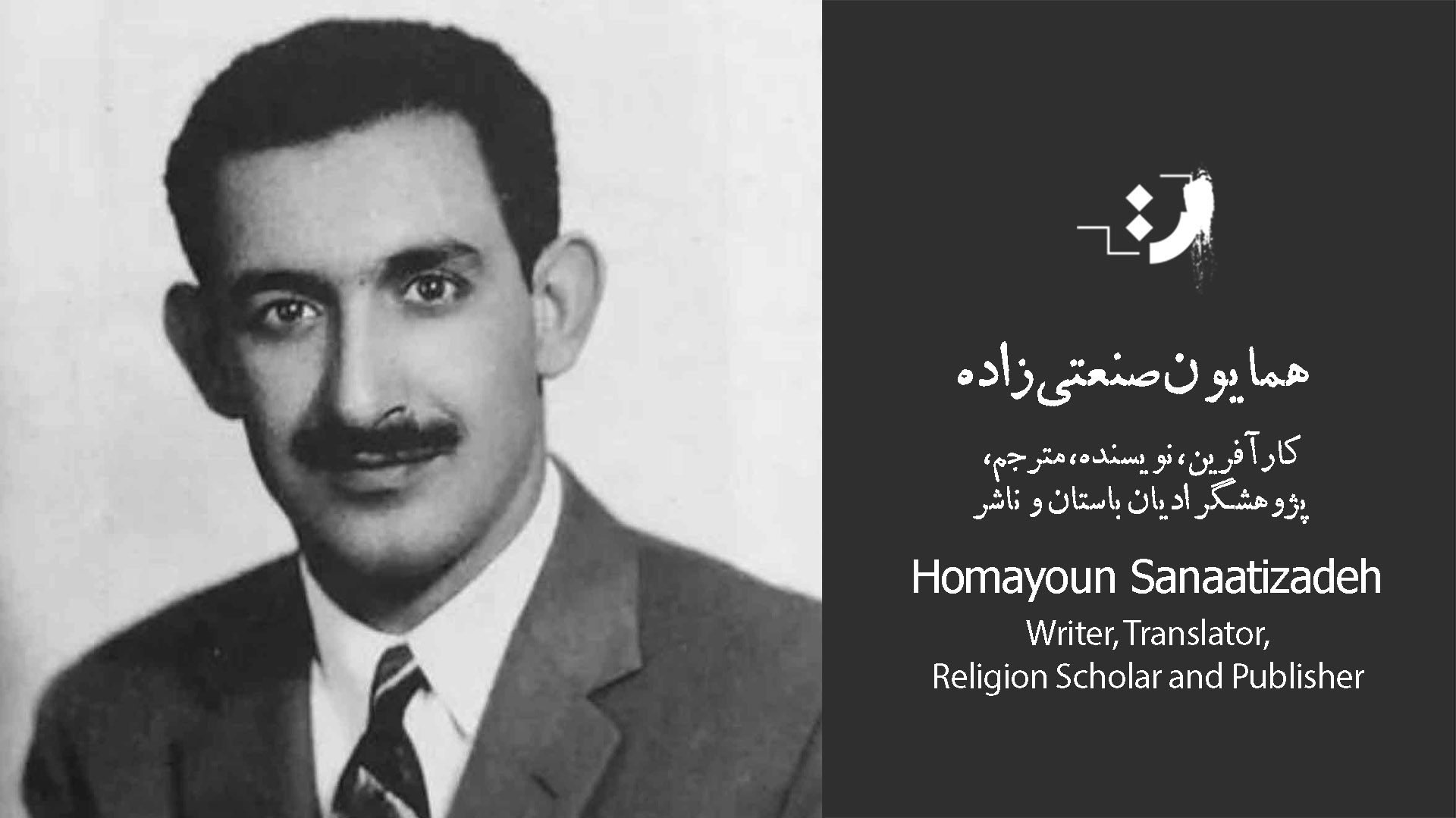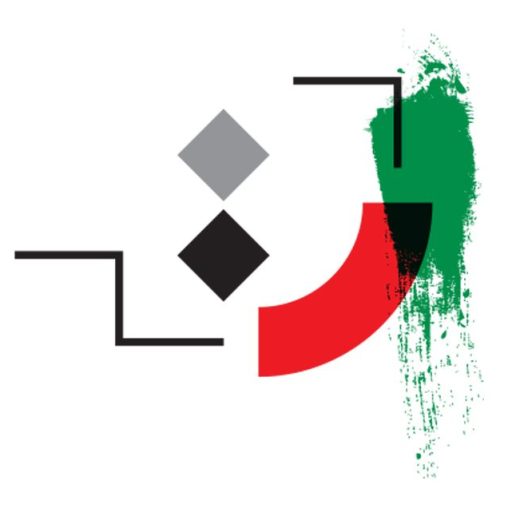Homayoun Sanaatizadeh

Biography
Homayoun San’atizadeh (1925, Tehran – 2009, Kerman)
Writer, translator, cultural entrepreneur, and visionary pioneer of publishing and modern education in Iran
Homayoun San’atizadeh Kermani was one of the most multifaceted and influential cultural figures of 20th-century Iran. Born in 1925 in Tehran, he came from a family deeply rooted in intellectual and reformist traditions. His father, Abdolhossein San’atizadeh, was among the first Iranian authors of science fiction and utopian novels. His mother, Qamar Taj Dowlatabadi, hailed from a prominent reformist family—she was the daughter of Mirza Hadi Dowlatabadi and sister to both Sediqeh Dowlatabadi, a pioneer of the women’s rights movement in Iran, and Yahya Dowlatabadi, one of the founders of modern education in the country.
San’atizadeh spent his early years in Kerman with his grandparents before moving to Tehran, where he attended the prestigious Alborz High School and met notable contemporaries such as Iraj Afshar. However, due to the turmoil of World War II, he left school early and returned to Kerman. He later obtained his high school diploma in Isfahan but never attended university—choosing instead to pursue hands-on work over academic life.
In 1955, he became the representative of the Franklin Book Program in Iran. Under his leadership, the Franklin office became a hub of cultural and educational activity. It not only translated and published scientific and literary works, but also played a crucial role in training publishers and editors and developing textbooks. San’atizadeh went on to found several major institutions, including Jibi Books (for affordable pocket editions), Offset Printing House, and the influential Persian Encyclopedia project.
He also established Pars Paper Company, the first factory in Iran to produce paper from sugarcane bagasse, and pioneered organic farming and rosewater production under the brand Zahra Rosewater in Lalehzar, Kerman. His project introduced modern and sustainable agricultural practices in Iran.
Beyond publishing and agriculture, he was involved in the founding of the Khazarshahr seaside resort and the Pearl Farming Company in Kish Island. In the early 1960s, the Shah of Iran tasked San’atizadeh with mediating between the government and leaders of the National Front to seek political reconciliation.
After stepping away from formal roles in the years leading up to the 1979 Revolution, he withdrew to his garden estate in Kerman, where he devoted himself to gardening and researching ancient Iranian religions, astronomy, and calendars. Although he was briefly imprisoned after the Revolution, he later resumed his cultural work quietly.
During the Iran–Iraq War, San’atizadeh accompanied a group of orphaned children to the frontlines and was present during Operation Samen-ol-A’emeh. In his later years, he focused on writing and reflecting on Iran’s intellectual heritage. His handwritten notebooks, filled with thoughts on mysticism, history, and cosmology, remain a valuable window into his philosophical mind.
He passed away in 2009 in Kerman. A documentary titled Homayoun (2019), directed by Pirooz Kalantari, explores his life and thoughts through archival writings and interviews with those who knew him.
Homayoun San’atizadeh remains a symbol of intellect, innovation, and cultural dedication in modern Iranian memory—not just a publisher or translator, but a man of vision and action.
- Birthday: 1925
- Death: August 26, 2009
- Birthplace: Kerman, Kerman, Iran
Writer, Translator, Religion Scholar and Publisher
